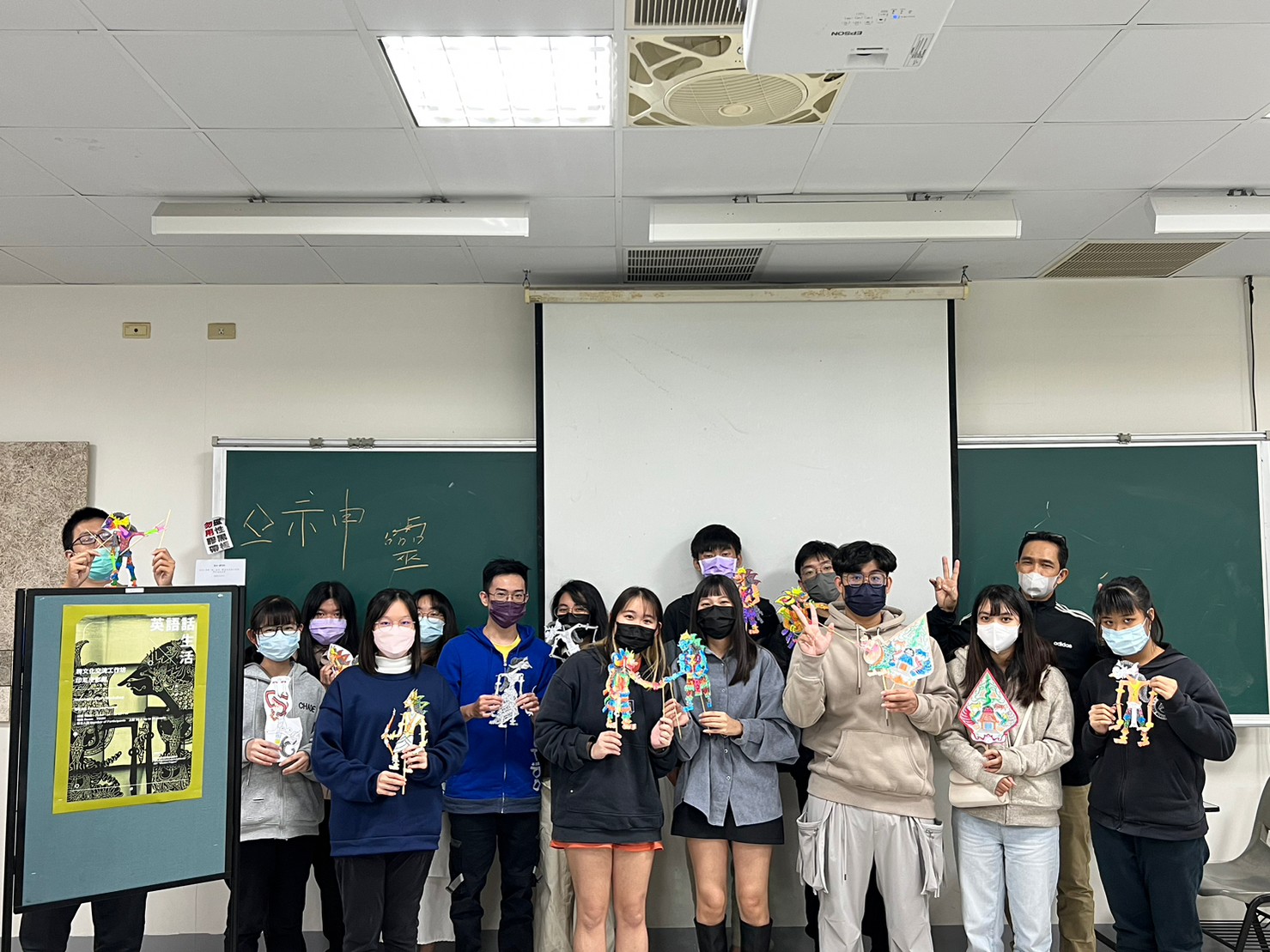Abstract
I. Summary
(1.) Introduction
In order to enhance students’interests in an all-English learning environment and increase the teaching standards in EMI courses, STUST has set two major objectives: a) to encourage English teachers to conduct all-English courses, and b) to motivate students to enter EMI courses. After analyzing the university’s current situation as well as the students’ learning characteristics, four principles have been formulated to implement this plan: bottom to top, less to more, basic to advanced, and foundational to general. The ultimate goal is to gradually increase the number of EMI courses offered each semester, the number of students taking EMI courses, and the number of teachers capable of teaching EMI courses.
The promotion of the EMI program is implemented under the guidance of a three-phase framework (figure1). The first phase is called the English proficiency development stage, which lasts for three consecutive semesters. The main focus is to improve students’ general English for listening, speaking, reading and writing.
The second phase serves as a bridge to help students adapt to an all-English course in their academic fields. In this phase, we strive to offer all-English courses in different fields. Teachers from different academic fields will conduct all-English classes with assistance from language teachers, and Mandarin can be used to explain the academic content in class if necessary. After completing the second phase of the program, students who have reached CEFR B2 or above are eligible to enter the third phase. The third phase is officially the starting point of all-English learning. Students should be capable of taking all-English courses, enrolling in the international program or participating in international exchange student programs with overseas partner universities.
In addition to the EMI teacher community and training activities, we have established a new step-by-step EMI teacher training mechanism. We trained new EMI teachers by working with language teachers in three phases over three semesters. The first phase is EMI teaching knowledge and ability development. This phase focuses on establishing the language and skills needed for EMI teaching. Bilingual teaching experts from outside the school are invited to give evaluations and suggestions based on the results of a teaching demonstration. The second phase, which consists of EMI teaching drills and trial teaching, allows the teachers to practice and develop the skills learnt in stage 1. The workshops from the first phase are continued in this stage, but the duration of the teaching demonstration is extended, and bilingual teaching experts from outside the school are again invited to give comments and suggestions on the revised teaching demonstration drill. The third phase is the EMI teaching stage, in which content-area teachers cooperate with language teachers to establish official EMI courses.
Through the three-phase process framework for promoting EMI teaching, we aim to gradually achieve the following goals: 1. Establish a teaching model to improve students’ basic English listening, speaking, reading and writing skills.
2. Establish a comprehensive system to encourage and support teachers to improve their English and devote themselves to EMI, so as to increase the number of available EMI teachers in the university. 3. Establish resource sharing and inter-school cooperation to build a solid base for English learning and extend this base to vocational education. In addition, we aim to establish English learning links between vocational high schools and STUST to help improve the English ability of vocational high school students so that they are able to participate in full English learning when they enter our university.
The implementation of bilingual education in our school puts the first priority on establishing a complete and progressive system for full English teaching and learning. The highlights of the integration of the school’s bilingual plan are as follows:
1. Establish mechanisms to promote EMI courses and improve students’ English by: a) building innovative teaching models to improve students' English with small class teaching, and b) gradually applying these models to all the English courses in the university.
2. Establish a training mechanism for EMI teachers by: a) encouraging teaching faculty to improve their English and investing in EMI training, and c) providing a support system to increase the number of EMI teachers.
3. Encourage international students to participate in bilingual education activities to help create an international, bilingual campus environment.
4. Build self-study resources and assessment methods by: a) providing multiple English self-study resources and access, and b) building an evaluation system to monitor and assess students’ learning progress.
II. School self-assessment and operation procedure.
We adopt the PDCA (Plan-Do-Check-Act) iterative quality management method for this project. Two types of management and evaluation mechanisms are used to review and adjust the implementation of the project, including planning, execution, evaluation, and action. This was done to insure all the goals of this project can be achieved and continually improved. An explanation of the self-evaluation is as follows:
1. Monthly review: A routine internal performance evaluation meeting with the units in charge of this project is held monthly to review the planning, progress and status of the project.
2. Quarterly review: Every quarter members of an advisory committee are invited to evaluate the progress of the project, and assist in the promotion of the Bilingual Education Program. The advisory committee includes: the president, vice president, deans of each college, the dean of the Office of Academic Affairs, the dean of the Office of International Affairs, the director of the Center of General Education and the director of the Computer and Information Network Center.

